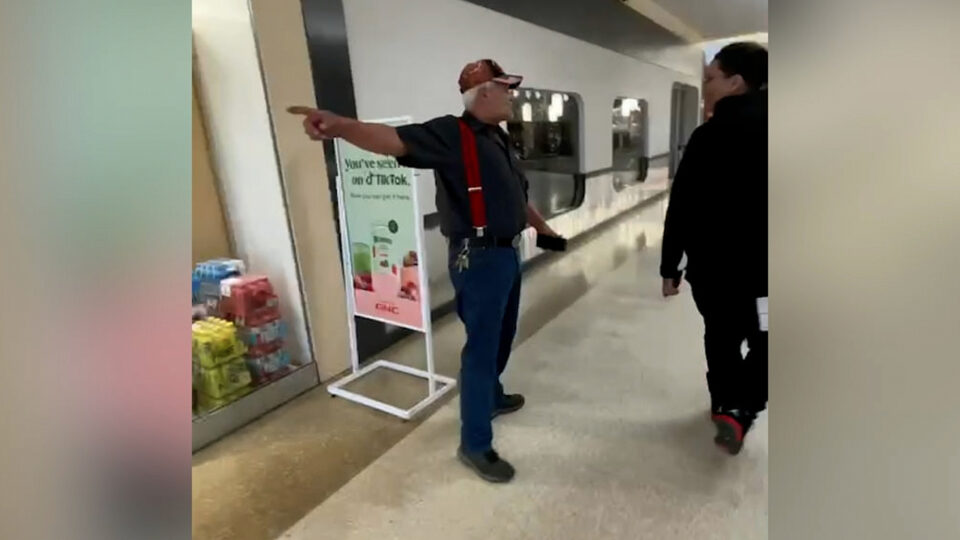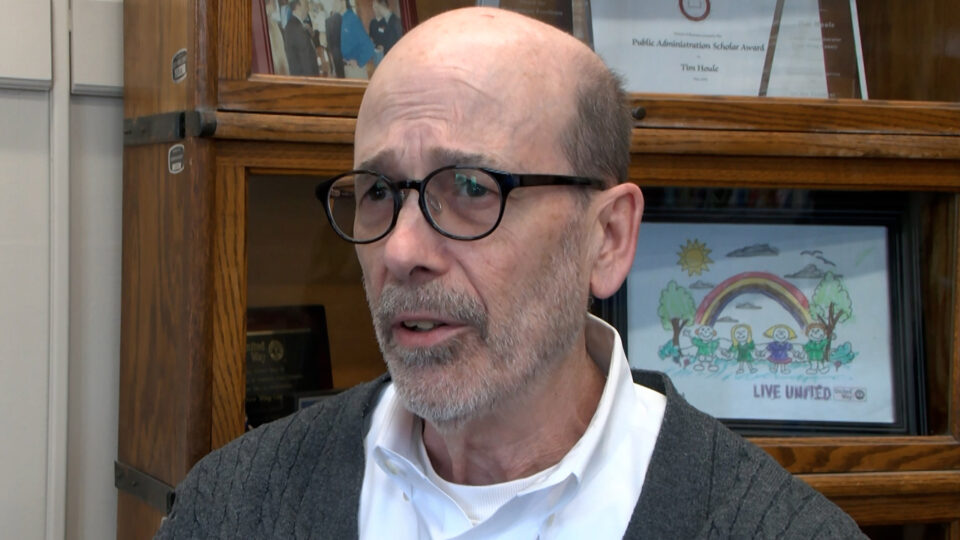Mar 26, 2019 | By: Rachel Johnson
Health Officials See Great Results From Community-Level Opioid Prevention Projects
According to the Minnesota Department of Health, the opioid epidemic is a major public health challenge in Minnesota, but the community of Little Falls has shown that progress is possible. The Minnesota Health Commissioner and community partners held a press conference today to announce preliminary results of the Minnesota Opioid Community Prevention Pilot Projects.
Since starting a pilot project, the hospital has seen patient pill use by decrease 724,000 pills per year and have tapered about 670 patients off of controlled substance prescriptions.
“We take care of almost 90 patients on medical assisted treatment, and the communities that we’ve helped have over 140 patients right now just in 10 months,” said Dr. Kurt DeVine, a family physician at St. Gabriel’s Hospital in Little Falls.
“I came to the Family Medical Center, was seen right away, was seen without judgement,” said Monica Rudolph, a participant in the program.
The program in Little Falls was started when the hospital realized just how many pills were being prescribed at their medical center.
“We just had an exorbitant amount of pills. A hundred thousand pills coming out of our pharmacies every month in this town of 8,600 and county of 30,000. So, it just seemed like the thing that needed to be done,” explained Dr. Heather Bell, family physician in Little Falls. “We’re having people die. We’re having overdoses.”
This follows a larger trend over recent years in Minnesota where, according to the Department of Health’s data, in 2017, more people died from drug overdoses than car crashes.
“We’ve seen a seven-fold increase in the number of opioid involved deaths in our state. Back in the year 2000 in Minnesota, we were seeing just over one death per 100,000 people from an opioid-involved cause. By 2017, that number was almost eight,” said Jan Malcolm, Minnesota Commissioner of Health.
In 2017, the Minnesota Legislature approved funding for eight pilot projects modeled after the project in Little Falls to reduce opioid misuse statewide. What makes these projects unique is their multifaceted approach to opioid addiction.
“It’s really a care team. We really kind of encircle the patient at the center and give them all the services that they might need in one place,” said Dr. Bell.
“There’s so much more to addiction and so much more to substance use disorder and identifying that and being able to, not only identify it, but also come up with solutions to that is amazing,” added Rudolph.
The program hopes to receive additional grant funding in the coming years to increase the number of pilot projects throughout Minnesota.
“There’s so many win-wins here. If we can deal more successfully with this epidemic, prevent it to begin with, treat it more successfully and sustainably, not only will it show up in lives saved, but also healthier, more prosperous communities,” Commissioner Malcolm said.
Governor Tim Walz’s recently proposed budget includes funds to offer grants to provide Opioid Community Prevention Pilot Projects for up to 20 additional communities.







